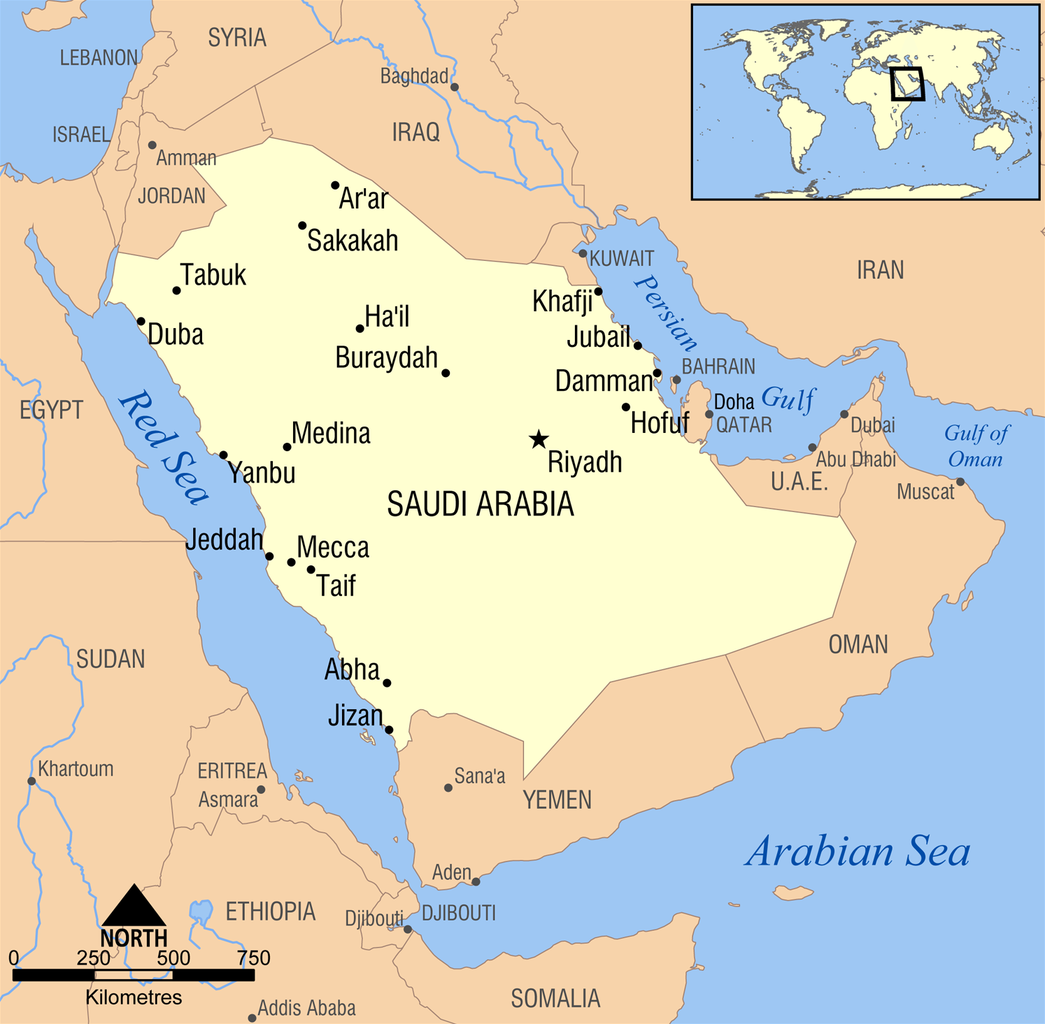
In 1995, El Salvador had an intentional homicide rate of 139 per 100,000, the highest in the world and one of the highest rates recorded in modern history.
Like all educated middle-class Americans, my core understanding of urban crime comes from The Wire, so for comparison, when the show took place, the homicide rate in Baltimore was in the high 30s and low 40s. The national US homicide rate peaked in 1980 at 10.2. The 2023 rate was about 5.5, which is very high for a wealthy Western country. Using data from the last few years, France, Germany, Italy, and Spain are all between 0.5-1.1. Japan and Singapore are at about 0.1-0.2.
While the murder rate in El Salvador fell quickly after 1995, it remained the highest on average in the world across much of the following years, ranging between 40 and 107 from 2002 to 2018, typically beating out other highly murderous countries like Jamaica, Honduras, Belize, South Africa, the Bahamas, Brazil, Saint Lucia, Guatemala, and the Dominican Republic. As far as I can tell, the only country to match El Salvador’s murder rate in modern times was Colombia in the late 1980s and early 1990s during the height of the drug war against Pablo Escobar.
But in 2023, El Salvador’s official murder rate dropped to 2.4 per 100,000, putting it in the league of Lithuania, Montenegro, and Canada. The rates of El Salvador’s neighbors, Guatemala and Honduras, remain 5-10X higher. Not far away, Jamaica holds the top spot in the world at about 50.
El Salvador’s seemingly miraculous turnaround has been largely attributed to the efforts of President Nayib Bukele, who first took office in 2019 and launched possibly the most successful anti-crime crackdown in modern history. The country has been under quasi-martial law since 2022 and about 1.7% of the population is in prison.
I traveled through El Salvador for nine days, stopping in San Salvador (the capital), Santa Ana, La Palma, and along the Ruta de Flores. I wanted to see for myself how much the country had changed, whether it really was safer, and to hear what Salvadorans thought of Bukele. Like Notes on the Ivory Coast, most of this essay is devoted to my research based on readings and talking to locals, but I’ll also write a bit about my travel experiences at the end.









